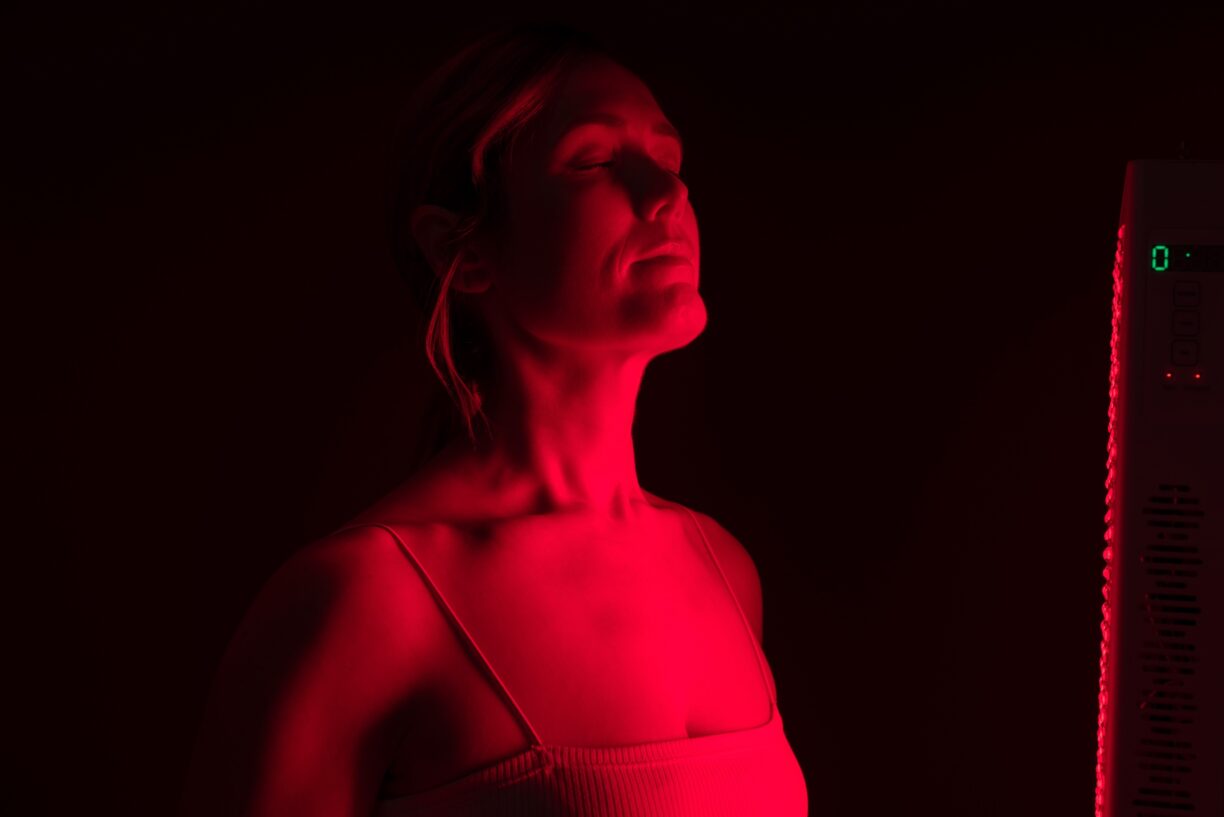Christmas films are a whole genre in themselves. They tend to be saccharine, cheesy, entirely predictable – and a world away from the cutting-edge cinema.
But even though there’s a reason Christmas movies tend not to be nominated for the Oscars, every year we lap them up.

(And actually, we would argue Vanessa Hudgens playing three different characters in The Princess Switch 2 and 3 is an acting feat worth celebrating.)
The sheer amount of Christmas films on Netflix this year alone shows our appetite for the genre.
On the festive list are: A Castle For Christmas, where Brooke Shields falls in love with a Scottish duke; Love Hard, which sees Nina Dobrev searching for ‘the one’, only to find herself catfished in the holiday season; and the aforementioned Princess Switch 3, a heist film with plenty of tinsel, baubles and delightfully cringe-worthy lines.
But what is it about this cheesy – yet comforting – genre that makes us want more every year?
It’s all about feel-good hormones…
Believe it or not, but there’s a scientific reason why we welcome schmaltzy films the second December hits.
“There’s a hormone called oxytocin, which is produced when we want to bond emotionally with each other,” explains Noel McDermott, CEO and psychotherapist.
“During Christmas – when we’re meeting people we haven’t seen in ages that we love – oxytocin levels go through the roof, particularly because it’s produced mostly in safe, loving relationships with people we’re non-sexual with.”
Oxytocin is produced through “eye contact and physical contact”, he says, and over Christmas, many of us see family and friends who we have “very fond, strong, bonded emotional relationships to”.
This isn’t the only positive hormone-stimulated over the festive period. “We’re also getting a lot of reward hormones for being pro-social,” McDermott says.

“Being pro-social is any activity we’re involved in that bonds us in some way to other human beings.
So any sort of social event which isn’t a bunch of strangers and large events – but those small, family-type events, which could be with colleagues at work, it could be with school friends, it could be with actual family.
“When we do those types of activities, where we have pleasant emotional responses with other human beings, we get a whole bunch of reward chemicals in us – which spur us on to want to do more.”
So how do all these pleasurable hormones link to cheesetastic Christmas films?
The more we experience positive reward hormones and oxytocin, the more we want – and McDermott says: “At this time of year, because we’re specifically focused on pro-social activities, these films make a lot more sense because they produce similar types of hormonal responses in us.
“So we feel ‘loved up’ when we’re watching them, but we’re feeling ‘loved up’ anyway. So it’s a perfect match and combination.”
It’s such a good fit, we’re even willing to overlook the fact most festive movies aren’t exactly top-tier cinema. McDermott adds: “The faults in these films – that they don’t have great characters, they’re not deep stories, they don’t have complex plots – are immaterial” and that’s because they make us feel “close to other people”.
There’s comfort in predictability…

We gravitate towards Christmas films every year because “We’re creatures of habit,” admits McDermott. It’s something of a ritual for many of us – either rewatching the old classics or seeking comfort in a new movie’s unsurprising plot.
McDermott says comfort, predictability and structure are “absolutely essential for psychological security and stability”.
He continues: “The predictability of these films – we know exactly what’s going to happen – means we can relax, not be anxious, know exactly what’s going on, and just really enjoy it.”





